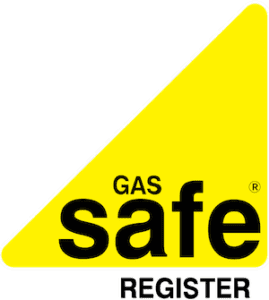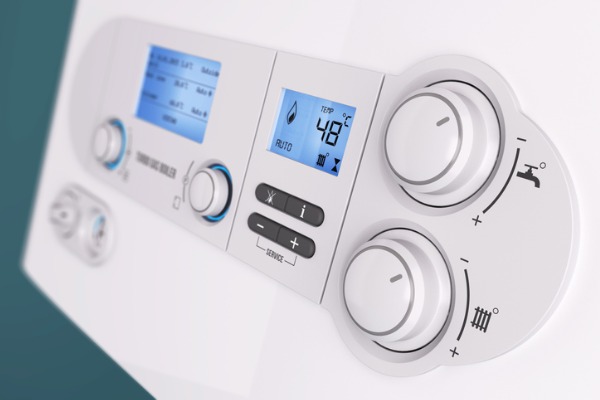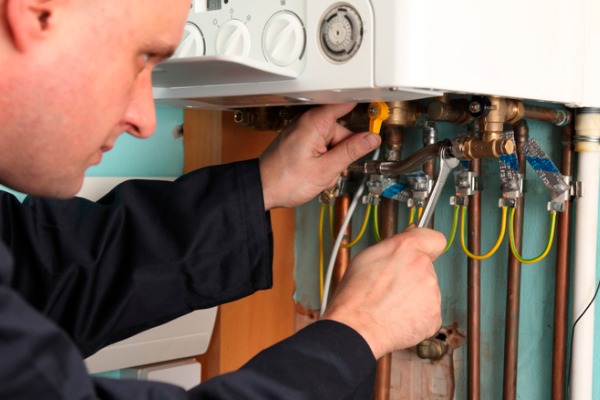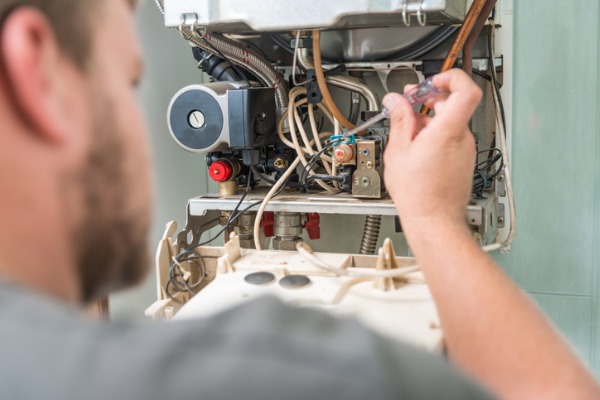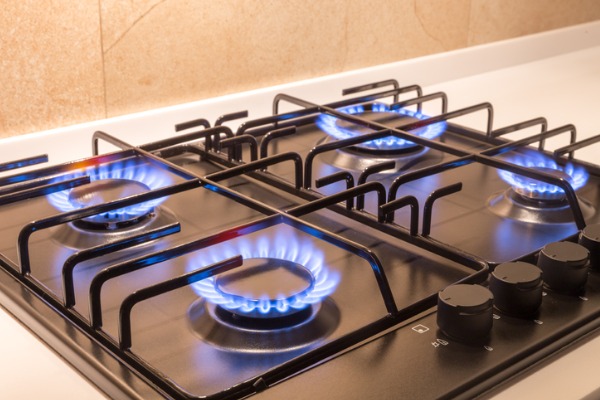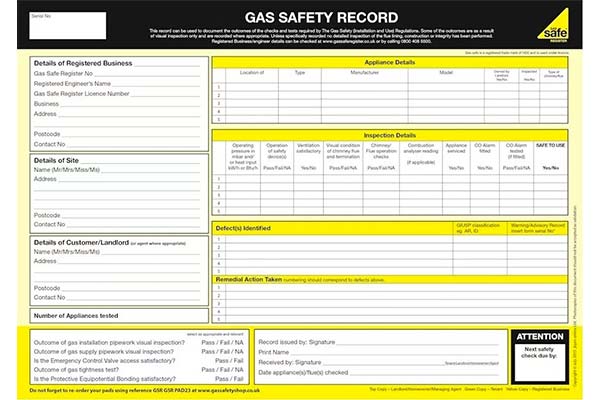A Guide to Choosing the Right Combi Boiler
Combi is an abbreviation of combination boiler. Essentially, it is a combination of a central heating boiler and a water heat within one compact unit.
Below you’ll find a comprehensive guide to Combi boilers and everything you need to know about them. From prices and free installation to manufacturers and types, we will help you find the best Combi boiler at the best price without the headache, and reducing the need for any future boiler repair.
What is a Combi Boiler and How Do They Work?
There are three different types of Combi boilers: Combi, System, and Regular. While conventional regular boilers are supplied with cold water from a large expansion tank found in the attic, a Combi boiler is fed a direct water supply from the central water system in your home.
This delivers a stronger water pressure, a feature that is found in a System boiler as well. While both Regular and System boilers need a hot water cylinder, a Combi boiler can heat water on its own.
In the UK, the vast majority of new boiler installations are Combi boilers. This is due to their convenience, high energy efficiency, and space-saving size.
What is a Condensing Combi Boiler?
Most of the new Regular, System and Combi boilers manufactured now are condensing boilers. The difference between a condensing boiler and a non-condensing boiler is the Flue Gas Heat Recovery System. All boilers produce waste flue gases, and in older models, this gas is wasted without this feature.
A Flue Gas Recovery System takes the heat and recycles it, preheating new, cold water as it is fed into the boiler from the mains. This means that the boiler isn’t working as hard to heat up the water and uses less energy overall. Condensing boilers use a condensing pipe that allows vapor to drain while the boiler is on.
Different Types of Combi Boilers
Gas Combi Boilers
Gas Combi boilers are the most popular type of Combi boiler to be installed in the UK. If your house is already connected to a gas network, then this is the best option in terms of economy.
Oil Combi Boilers
If your home isn’t connected to a gas network, your second choice is an oil Combi boiler. These models need a tanker of oil to be kept in the home which will need to be refilled by the supplier.
LPG Combi Boilers
LPG is short for Liquefied Petroleum Gas, and it is a combination of natural gas and oil. This is a similar set-up to an oil boiler, which means it will need to be refilled by the supplier.
Electric Combi Boilers
An electric boiler is different from other models because it doesn’t burn fuel to keep the water heated. Instead, the water is heated by an electric element. This is a viable alternative if your home isn’t connected to a gas network.
They can only heat a limited amount of water, and because the electricity used to heat the water can be expensive, they aren’t recommended for larger homes.
Combi Boilers: Advantages
Energy Efficient
Any Combi boilers installed in the UK after 2018 are required to be 92% energy efficient. This is the highest level of energy efficiency available, and it could significantly reduce the carbon footprint of your home. It could also reduce your heating bills.
Reduced Energy Bills
Because Combi boilers are energy efficient, you can save on your heating bill. In fact, you could save up to 300 pounds a year just by replacing your old Combi boiler with a newer model.
Space Saving
Imagine being able to replace that bulky storage cylinder that takes up precious attic space. Because Combi boilers are a single combined unit, they don’t need a separate water tank or cylinder. They can often fit into a kitchen cupboard, which is great if you live in a flat or smaller home.
Easy Installation
Because of their compact size, the boiler installation is easy as they don’t come with any accessories. Easy installation means less installation time, which means a cheaper installation overall. Remember, because a Combi boiler doesn’t need to be fitted to a hot water cylinder, it can be stored anywhere in the home.
Combi Boilers: Disadvantages
Not Recommended for Bigger Homes
If you’ve got a larger home, you may want to consider a conventional boiler. This is because a Combi boiler takes its water supply directly from the mains. If you have a larger home that requires more hot water, it won’t be able to split the water it heats efficiently.
Not Recommended for a Weak Mains Pressure
It’s important to have a good supply of water that comes from the mains. If you don’t, the pressure will be weak, and you run the risk of needing to call an engineer for boiler repair.
Doesn’t Work Well with Old Pipework
If your old heating system was compatible with weaker water pressure, then your existing pipes may not cope with the upgraded water pressure. If the installation of a Combi boiler means your pipes also need to be replaced, this is going to add to the overall cost. It’s also important to consider the ease and cost of boiler servicing in the future.
Online Booking
Please complete the enquiry form below, and send your details to our customer service team. Once you have completed this form, one of our advisors will contact you to discuss your requirements further and to arrange a suitable appointment.
Want to talk to someone?
Contact Us!
Need to speak to someone about an existing job? Give our customer care team a call!
Tel: 0330 173 2923
Plumbingforce engineers in your area
London East Anglia North West Midlands South East South West Wales

